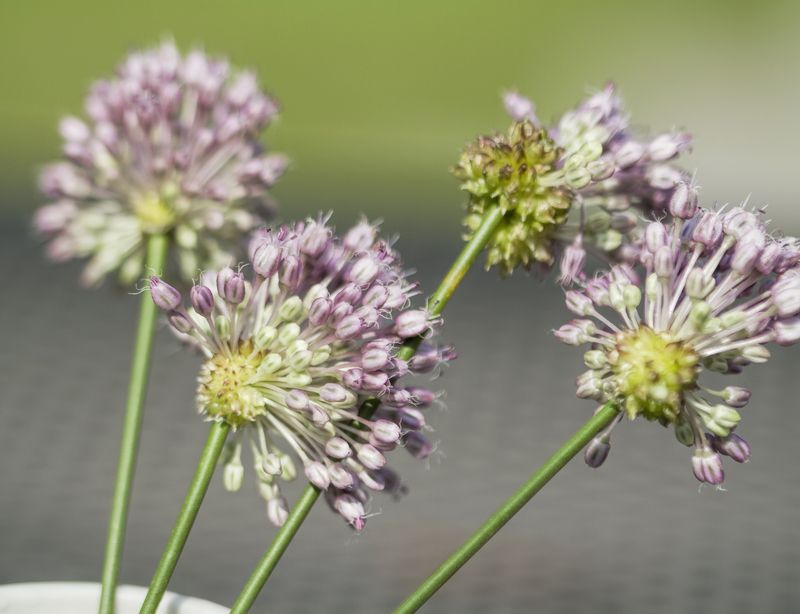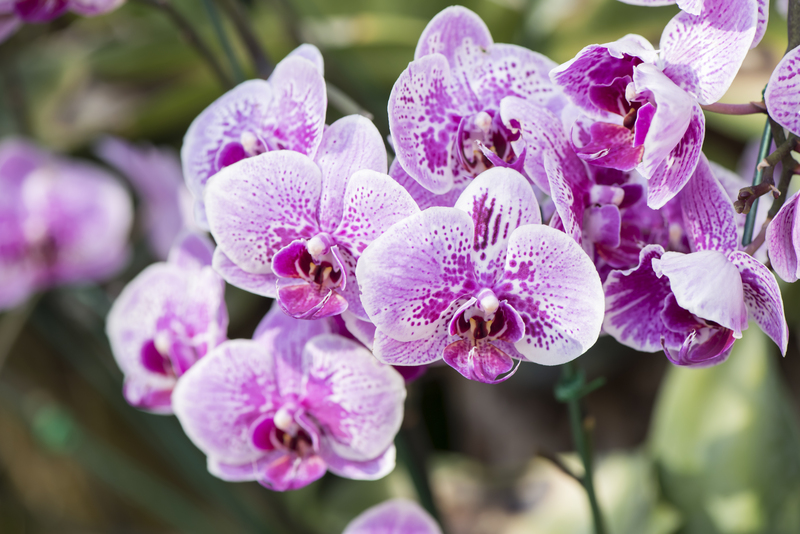Quickly Create a Private Oasis with Hedges
Posted on 14/05/2024
Are you looking to enhance your outdoor space and create a private oasis where you can relax and unwind? Hedges might just be the perfect solution for you. With the ability to add both visual appeal and practical benefits, hedges are becoming increasingly popular among homeowners. In this article, we'll take a closer look at hedges and how they can quickly transform your outdoor area into a private sanctuary.
What are Hedges?
Hedges are rows of closely planted shrubs or trees that are trained and trimmed to form a wall or fence-like structure. They have been used for centuries as a way to define boundaries, provide privacy, and add beauty to gardens and landscapes. With their thick foliage and dense growth, hedges create a natural barrier that can shield your property from prying eyes and block out unwanted noise.

Choosing the Right Plants for Your Hedge
Selecting the right plants for your hedge is crucial in achieving the desired effect. There are many different types of plants that can be used to create hedges, but some are better suited than others. When choosing plants for your hedge, consider factors such as climate, soil conditions, maintenance requirements, and the overall look you want to achieve.
For evergreen hedges, popular plant options include boxwood, leylandii cypress, laurel, and holly. These plants provide year-round coverage and require minimal maintenance. If you prefer deciduous hedges, plants like privet, hornbeam, beech, and yew are great options. Although they lose their leaves in winter, these plants offer colorful foliage during fall.
Creating Your Private Oasis with Hedges
Once you've chosen the right plants for your hedge, it's time to start creating your private oasis. Follow these steps to get started:
1. Determine Your Property Boundaries: Before planting your hedge, it's important to establish where exactly your property boundaries lie. This will help ensure that your hedge is planted within your property lines and does not encroach on your neighbor's property.
2. Prepare the Soil: Hedges require well-draining soil that is rich in organic matter. Before planting, add compost or other organic material to the soil to improve its quality and provide nutrients for your plants.
3. Plant Your Hedge: Dig a trench along the proposed line of your hedge, then place your plants in the trench, at least 1-2 feet apart. Once all the plants are in place, backfill with soil and water thoroughly.
4. Train and Prune Your Hedge: As your hedge grows, it's important to train and prune it regularly to maintain its shape and density. This will also help prevent any gaps from developing in your hedge.
Pros and Cons of Hedges
Hedges offer many benefits, but they may not be suitable for every situation. Let's take a look at some of the pros and cons of using hedges as a way to create privacy in your outdoor space.
Pros:
1. Natural Aesthetics: Hedges add natural beauty to your outdoor space, creating a seamless transition between your garden and landscape.
2. Cost-effective: Compared to traditional fences or walls, hedges can be more cost-effective in the long run as they require less maintenance.
3. Environmentally-friendly: Hedges are beneficial for the environment as they provide shelter for birds and small animals, reduce noise pollution, and absorb carbon dioxide.
Cons:
1. Time-consuming: It can take several years for a newly planted hedge to reach its full potential, so if you're looking for immediate privacy, hedges might not be the best option.
2. Maintenance: While hedges don't require as much maintenance as walls or fences, they still need regular pruning to keep them looking neat and tidy.
3. Limited Height: Hedges have a limited height compared to walls or fences, so they may not provide complete privacy for taller structures.

Tips and Takeaways
- Choose the right plants for your hedge based on climate, soil conditions, and maintenance requirements.
- Prepare the soil before planting to ensure healthy growth of your hedge.
- Regularly train and prune your hedge to maintain its shape and density.
- Consider combining hedges with other landscaping features like trellises or pergolas for added privacy.
Conclusion
In conclusion, hedges are an excellent way to quickly create a private oasis in your outdoor space. With their natural beauty, cost-effectiveness, and environmental benefits, hedges are a popular choice among homeowners. By following the tips mentioned in this article, you can successfully create a beautiful and functional hedge that will add value to your property and provide you with the privacy you desire. So why wait? Start planning your private oasis with hedges today!



